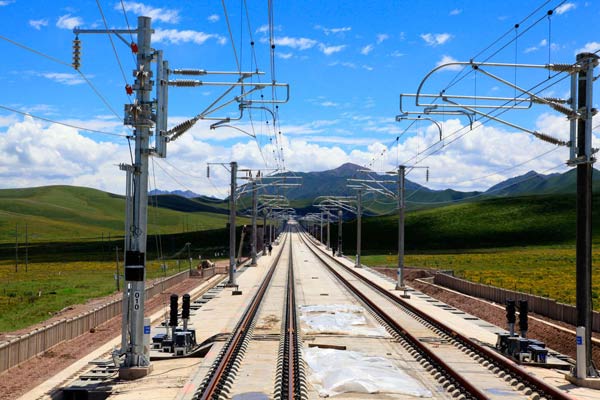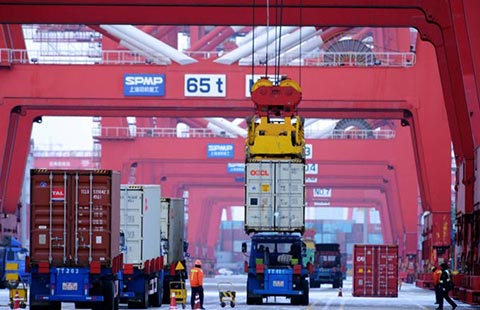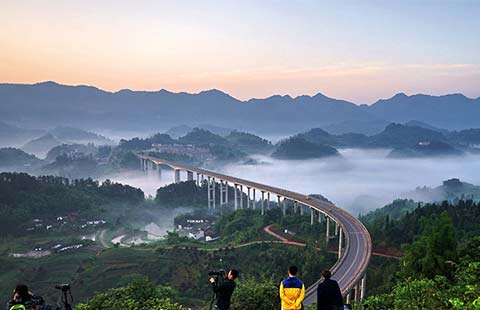Govt to invest $723.8b in transport infrastructure over next three years
(chinadaily.com.cn) Updated: 2016-05-31 14:45
 |
|
An area of track on the Lanzhou-Xinjiang railway line. [Photo by Ni Shubin/Asianewsphoto] |
The action plan, jointly issued by the National Development and Reform Commission and the Ministry of Transport, includes 303 projects covering railways, highways, waterways, airports and urban rail transit. It outlines 131 projects in 2016, 92 projects in 2017 and 80 projects in 2018.
The biggest railway project is the Ya'an-Linzhi section of the Sichuan-Tibet railway. With a total investment of 162 billion yuan, construction of the 1,350-kilometre railway is expected to begin in 2018.
These infrastructure projects are mainly focused in the central and western regions. However, due to the low budgets of local governments, a lack of funding remains a big problem to be solved, the newspaper reported.
According to the action plan, the country will improve funding support and increase capital investment from the central government. Meanwhile, the country will speed up reforms on investment and financing systems, as well as boosting public-private-partnership (PPP) cooperation.
But, private enterprises are unlikely to invest in infrastructure before details of the PPP model are finalized. For example, during the first four months of this year, private capital accounted for less than 3 percent of total investment.
"The most important thing is that private investment can make a profit, meanwhile, the governments should optimize services and establish a long-term cooperation with some social capital," the newspaper quoted Zhang Zhanbin, director of economic research department under Chinese Academy of Governance, as saying.
- Chinese firm announces $18m expansion of newly-acquired Port of Darwin
- Alibaba's Tmall marketplace halts online medicine sales
- Central bank pumps $8.3b into market
- Robot-themed café debuts in Shanghai
- Chinese stocks surge on back of MSCI rumors
- Virgin Australia sells 13% stake to China's HNA Aviation Group
- Textron says freight aircraft demand is really taking off
- China launches nonperforming loan securitization

















